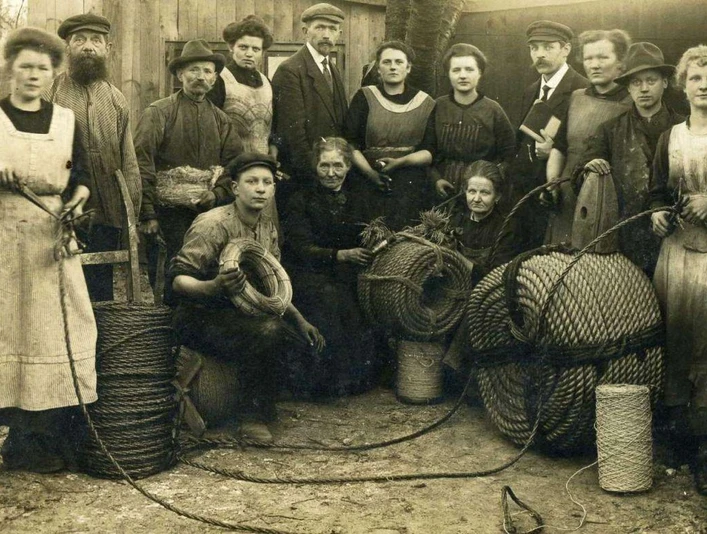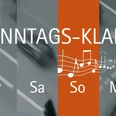Reepschlägerbahn
To many hundreds of people in Flensburg, shipping and ship's equipment gave work and bread for centuries. Numerous trades and crafts, many of which have disappeared today, determined the life and image of the town with their workshops and warehouses.
Reefers, rope makers and marlinespike seamanship were of central importance for the sailing and shipping business. The makers produced all kinds of ropes for the ships, from the small zeising to sheets, shrouds and stays, to mooring ropes as thick as an arm, or anchor cables. The Flensburg rope makers obtained most of the raw materials for making ropes from abroad. In addition to Russian hemp and southern coconut fibres, local flax was also used.
The fibres were spun or twisted into threads, which were then intertwined in groups of three or four to make thicker and thicker ropes. For this purpose, a 300-metre-long, roofed rope makers' track ran along the old cemetery until into the 20th century. This is where the master rope makers and their journeymen did their hard work in wind and all kinds of weather.
The superior quality of rope work, which had been provided by Flensburg craftsmen throughout generations, for instance by the Landt family, was highly appreciated by the captains. The chafing in the blocks, the pounding on masts and yards, the high tensile forces under load in storms and the intense sunlight in southern seas put extraordinary strain on the cordage. Woe betide if a sheet, a shroud or even the backstay broke in a choppy sea! Therefore, the ropes were checked regularly. If there was the slightest doubt about the strength of the ropes, they were taken to the reefing yard and new material was ordered.
Good to know
Openings
Nearby









